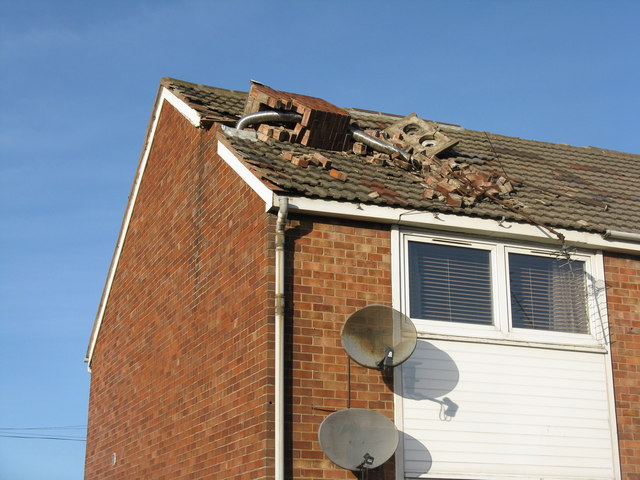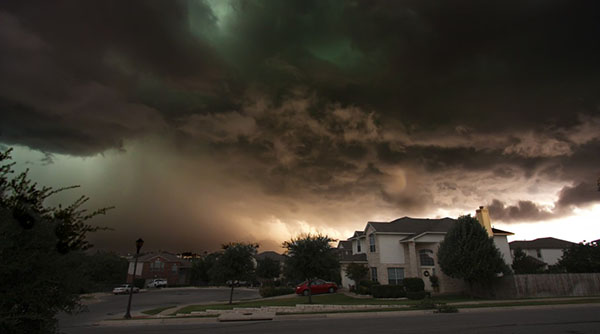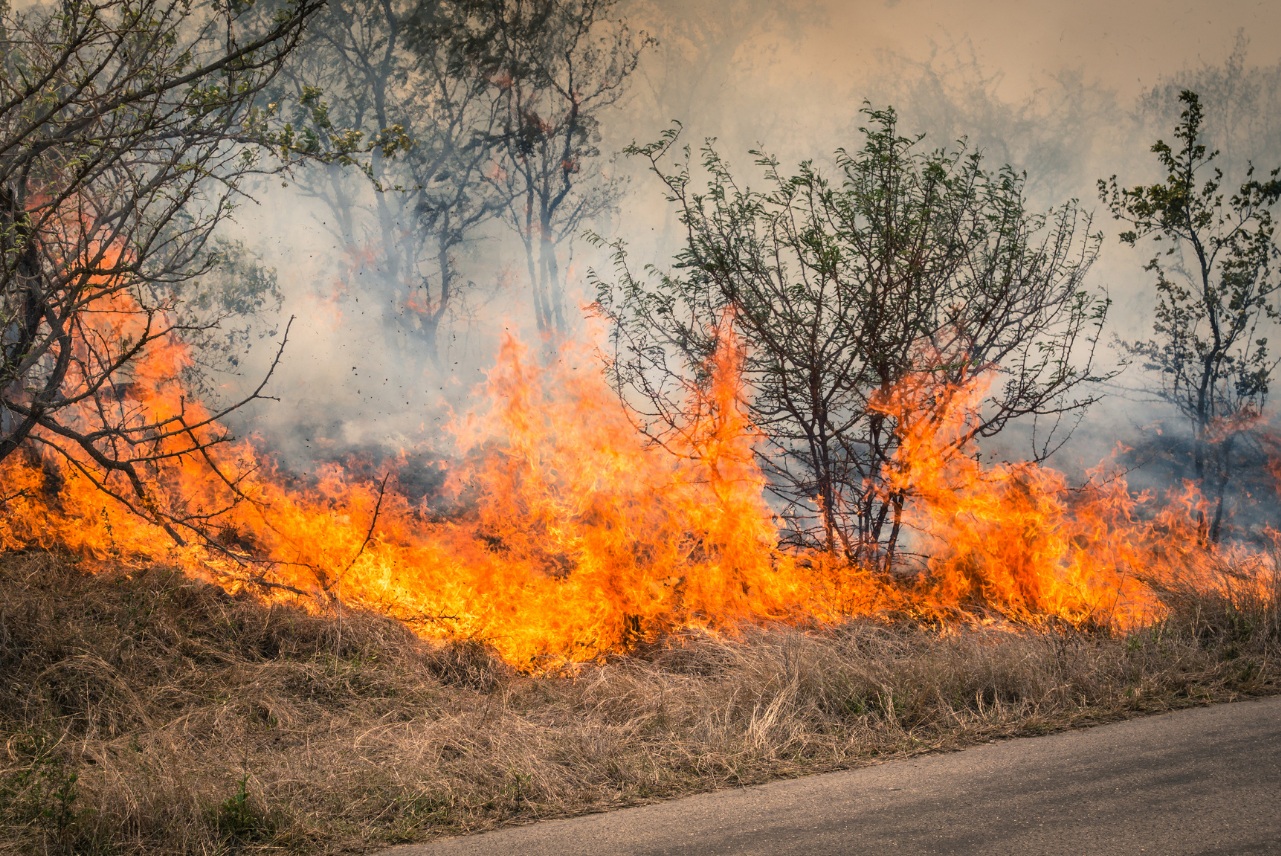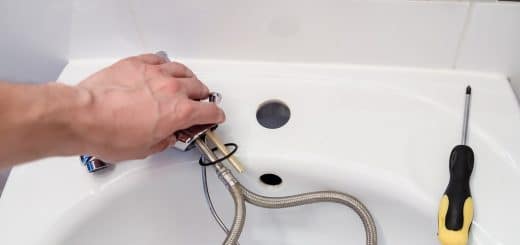Water Damage in Storage Unit: Who’s Responsible and What Steps to Take
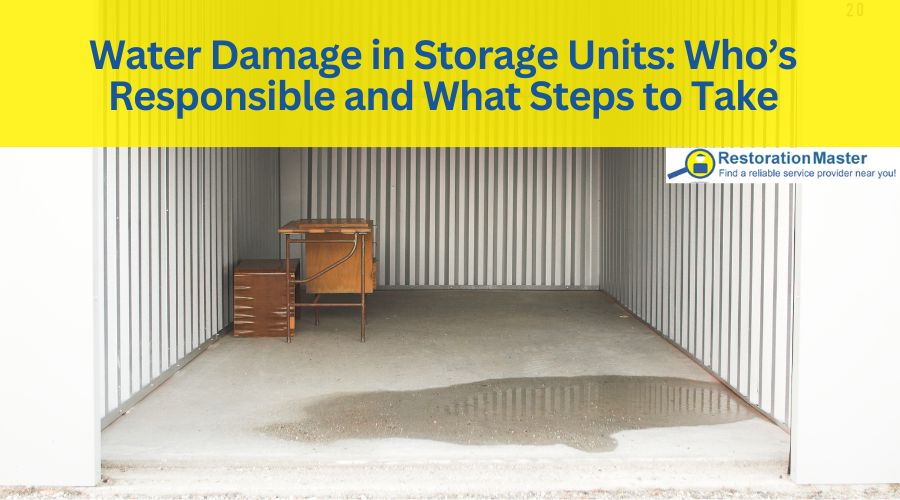
When you open your storage unit and discover your belongings soaked from water damage, your first question is probably: Who is responsible for water damage in a storage unit? The answer depends on several factors, including what caused the damage, your rental agreement, and your insurance coverage.
This guide will walk you through who pays for water damage in a storage unit, what steps you should take, and how to protect your items from future incidents.
What Causes Water Damage in Storage Units?
Before determining responsibility, it’s essential to understand what caused the water damage. While it’s easy to assume the storage facility is to blame, that’s not always the case. Water damage can come from several sources, and not all of them are the fault of the storage facility. Understanding the source of the water damage is key because liability often depends on where the water came from and why.
Here are some common causes:
- Roof Leaks: These are especially common in older buildings or after significant storms. Leaks may also affect garages at home—garage door repairRepair is the act of fixing or restoring damaged property, m... More and weather sealing can help reduce the risk of water entering through damaged seals or misaligned doors.
- FloodingFlooding is the overflow or accumulation of water in areas t... More: Units on lower levels or in areas with poor drainage are more likely to experience floodingFlooding is the overflow or accumulation of water in areas t... More, especially during heavy rain or a nearby water main break.
- Burst Pipes: In colder climates, frozen pipes can burst and flood nearby units, causing extensive damage.
- Sprinkler Malfunctions: Although fire sprinklers are critical for safety, malfunctions or accidental triggers can leadLead is a heavy metal that can be toxic to humans, especiall... More to unexpected water damage.
- Condensation & HumidityHumidity is the amount of moisture or water vapor present in... More: In non-climate-controlled units, moisture can build up over time, leading to warped furniture, damaged fabrics, and even moldMold is a type of fungus that grows in damp or humid conditi... More growth.
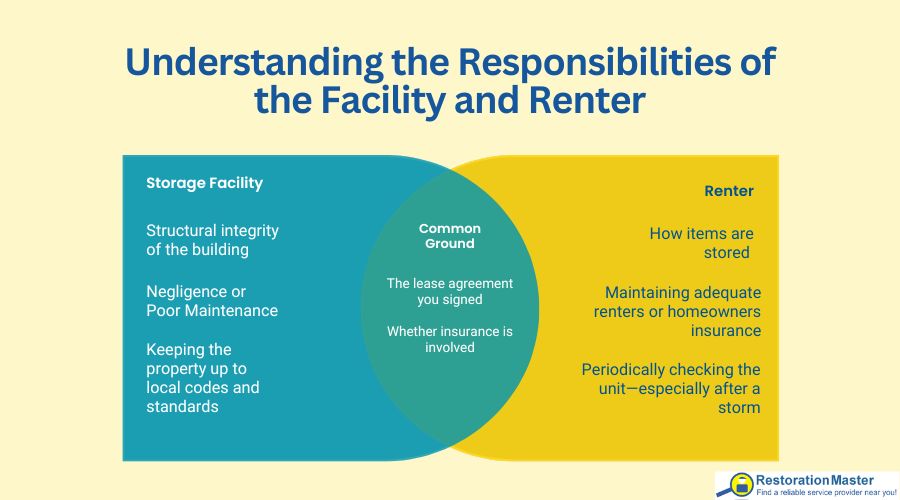
Who is Responsible for Water Damage in Your Storage Unit?
When water damage occurs in your storage unit, determining responsibility can be complex. Several factors influence who’s ultimately liable for the damage. Here are some general guidelines:
1. The Storage Facility’s Responsibility:
The storage facility may be liable for water damage in certain cases, especially if their negligence led to the issue. For example:
- Failure to Maintain the Facility: If the facility knew about a problem, such as a leaking roof or broken pipes, and didn’t fix it, they could be held liable for any resulting damage.
- Negligence or Poor MaintenanceMaintenance is the routine care, inspection, and repair of a... More: If the facility failed to adhere to building codes or properly maintain drainage systems, they might be responsible. This is particularly the case if they were aware of the problem and didn’t take action.
- Misrepresentation: If the facility falsely claimed that your unit was waterproof or climate-controlled when it wasn’t, they could be held liable for any water damage caused by the discrepancy.
2. Your Responsibility:
On the other hand, you as the renter may bear responsibility for water damage in situations like:
-
Failure to Use Proper Containers: If you didn’t take steps to protect your belongings—such as storing items in waterproof bins or elevating them off the floor—you might be partially or fully responsible for the damage.
-
Negligence: If you store items improperly or expose them to conditions that cause damage (e.g., storing them in a way that allows water to seep in), the responsibility could fall on you.
How Insurance Fits In: Will It Cover the Damage?
If you have renters or homeowners insurance, you may be covered—depending on the situation. Many policies include off premises coverage, which can extend protection to personal property stored in a storage unit. Here’s a breakdown of what’s typically covered—and what’s not:
What Your Insurance Might Cover:
- Water damage from sudden incidents like burst pipes, leaking roofs, or malfunctioning sprinklers
- Theft or vandalism of items stored in your unit
- Fire damage resulting from an electrical issue or nearby blaze
What’s Usually Not Covered:
- FloodingFlooding is the overflow or accumulation of water in areas t... More caused by natural disasters (unless you’ve added a separate flood insurance policy)
- MoldMold is a type of fungus that grows in damp or humid conditi... More or mildewMildew is a type of fungus that grows on damp surfaces, typi... More that develops over time due to humidityHumidity is the amount of moisture or water vapor present in... More or poor ventilation—this is often considered a maintenanceMaintenance is the routine care, inspection, and repair of a... More issue
- Damage caused by negligence, such as placing cardboard boxes directly on the floor without protection
What Should You Do If Your Storage Unit Has Water Damage?
If you discover water damage in your storage unit, it’s easy to feel overwhelmed. But staying calm and acting quickly can make a big difference. Here’s a step-by-step guide to handling the situation:
- Document the Damage: Immediately take photos and videos of the damage. Capture both wide shots of the entire unit and close-ups of the affected items. Be sure to include timestamps to preserve the timeline.
- Notify the Storage Facility: Inform the facility manager right away and ask for an incidentAn incident is an event or occurrence that causes damage, di... More report. It’s important to know if other units were affected and whether the facility plans to address the issue.
- Review Your Rental Agreement: Check your agreement for clauses related to damage, liability, and insurance. Some facilities require renters to carry their own insurance, which could be a key factor in your situation.
- Contact Your Insurance Company: Call your insurer to report the damage and start a claim. Provide the documentation and clearly describe the situation.
- Remove and Salvage Your Items: Take all affected items out of the unit as soon as possible. If you have valuable or irreplaceable items, consider professional restorationRestoration is the process of returning a property to its pr... More services to minimize damage.
- Seek Reimbursement or Legal Advice: If the facility was negligent and refuses to compensate you, you may be entitled to reimbursement. Consult a lawyer or small claims court if necessary to resolve the issue.
How to Prevent Water Damage in the Future in Your Storage Unit?
Whether you continue renting the same unit or choose another facility, there are steps you can take to reduce the risk of water damage in the future:
- Use plastic bins with tight-fitting lids instead of cardboard boxes to protect your belongings from moisture.
- Store items off the ground by using shelves or pallets. This can prevent water from reaching your belongings if there’s a flood or spill.
- Choose a climate-controlled unit for sensitive items like electronics, photos, or wood furniture.
- Invest in renters insurance that covers off-site storage. Be sure to review your policy and make sure it provides the necessary coverage.
- Inspect your unit regularly, especially after storms or during periods of extreme weather.
- Keep your garage door in good condition to prevent leaks, drafts, and moisture intrusion- schedule regular garage door maintenance to protect against weather-related issues.
Calm the Chaos – Call a Water Damage Restoration Pro
Water damage doesn’t wait—and neither should you. A certified water damage restoration specialist can respond quickly to dry, clean, and help recover your belongings before the damage spreads. Reach out to a local expert today and take the first step toward getting things back on track.

